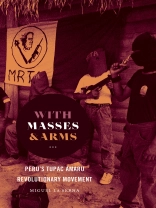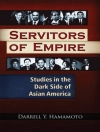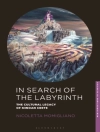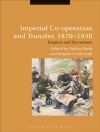Miguel La Serna’s gripping history of the Tupac Amaru Revolutionary Movement (MRTA) provides vital insight into both the history of modern Peru and the link between political violence and the culture of communications in Latin America. Smaller than the well-known Shining Path but just as remarkable, the MRTA emerged in the early 1980s at the beginning of a long and bloody civil war. Taking a close look at the daily experiences of women and men who fought on both sides of the conflict, this fast-paced narrative explores the intricacies of armed action from the ground up.
While carrying out a campaign of urban guerrilla warfare ranging from vandalism to kidnapping and assassinations, the MRTA vied with state forces as both tried to present themselves as most authentically Peruvian. Appropriating colors, banners, names, images, and even historical memories, hand-in-hand with armed combat, the Tupac Amaristas aimed to control public relations because they insightfully believed that success hinged on their ability to control the media narrative. Ultimately, however, the movement lost sight of its original aims, becoming more authoritarian as the war waged on. In this sense, the history of the MRTA is the story of the euphoric draw of armed action and the devastating consequences that result when a political movement succumbs to the whims of its most militant followers.
Over de auteur
Miguel La Serna, associate professor of history at the University of North Carolina at Chapel Hill, is the author of The Corner of the Living: Ayacucho on the Eve of the Shining Path Insurgency and the coauthor, with Orin Starn, of The Shining Path: Love, Madness, and Revolution in the Andes












